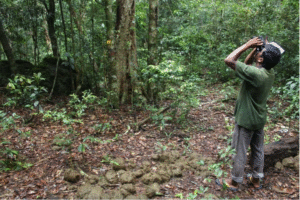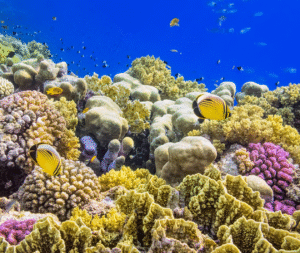For decades, businesses treated biodiversity and ecosystems as externalities. However, as supply chains face disruptions from deforestation, water scarcity, and climate change, businesses are realizing that natural capital is critical for long-term success.
The Natural Capital Protocol (NCP), developed by the Natural Capital Coalition, is an international assessment standard that provides companies with a framework to measure, value, and integrate biodiversity and ecosystem services into decision-making.
What is the Natural Capital Protocol?
The NCP helps organizations understand their dependencies and impacts on natural capital—the stock of natural resources (soil, air, water, biodiversity) that provide essential ecosystem services. It translates biodiversity into business-relevant terms such as risks, opportunities, and costs.
The NCP Assessment Method
The four stages of the NCP framework include:
1. Frame – Define objectives of the assessment.
2. Scope – Identify boundaries of analysis.
3. Measure & Value – Collect data and apply valuation methods.
4. Apply – Use findings in strategy, investment, and risk management.
Case Studies of NCP Application
1. Kering – Measured environmental profit and loss across supply chains.
2. Nestlé – Assessed water dependencies to improve stewardship.
3. Dow Chemical – Restored wetlands instead of building infrastructure, saving costs.
Why the NCP Matters
The NCP aligns businesses with global biodiversity frameworks, helps mitigate risks, and improves investor confidence by integrating biodiversity into financial and strategic planning.
Challenges and Future Directions
Challenges include data gaps, difficulty valuing ecosystem services, and the need for stronger policy integration. Future directions involve linking natural capital accounting with regulations and incentives.
Conclusion
The Natural Capital Protocol is transforming how businesses think about biodiversity. By integrating natural capital into decision-making, the NCP ensures businesses remain resilient while contributing to global conservation goals






